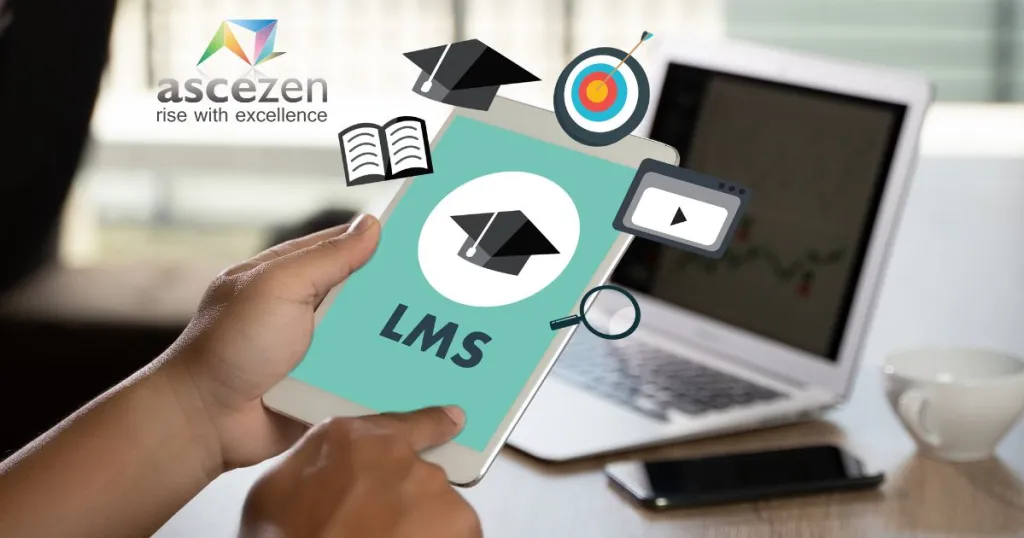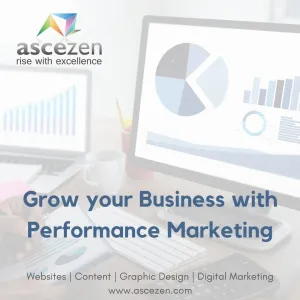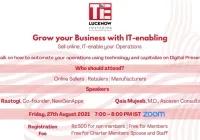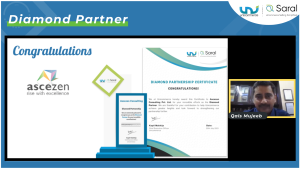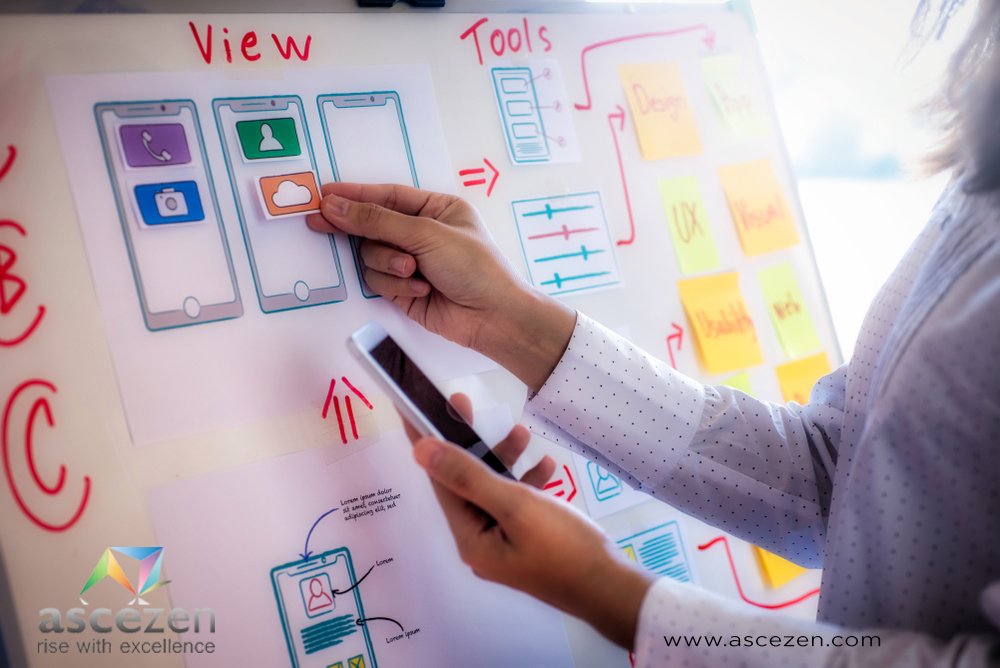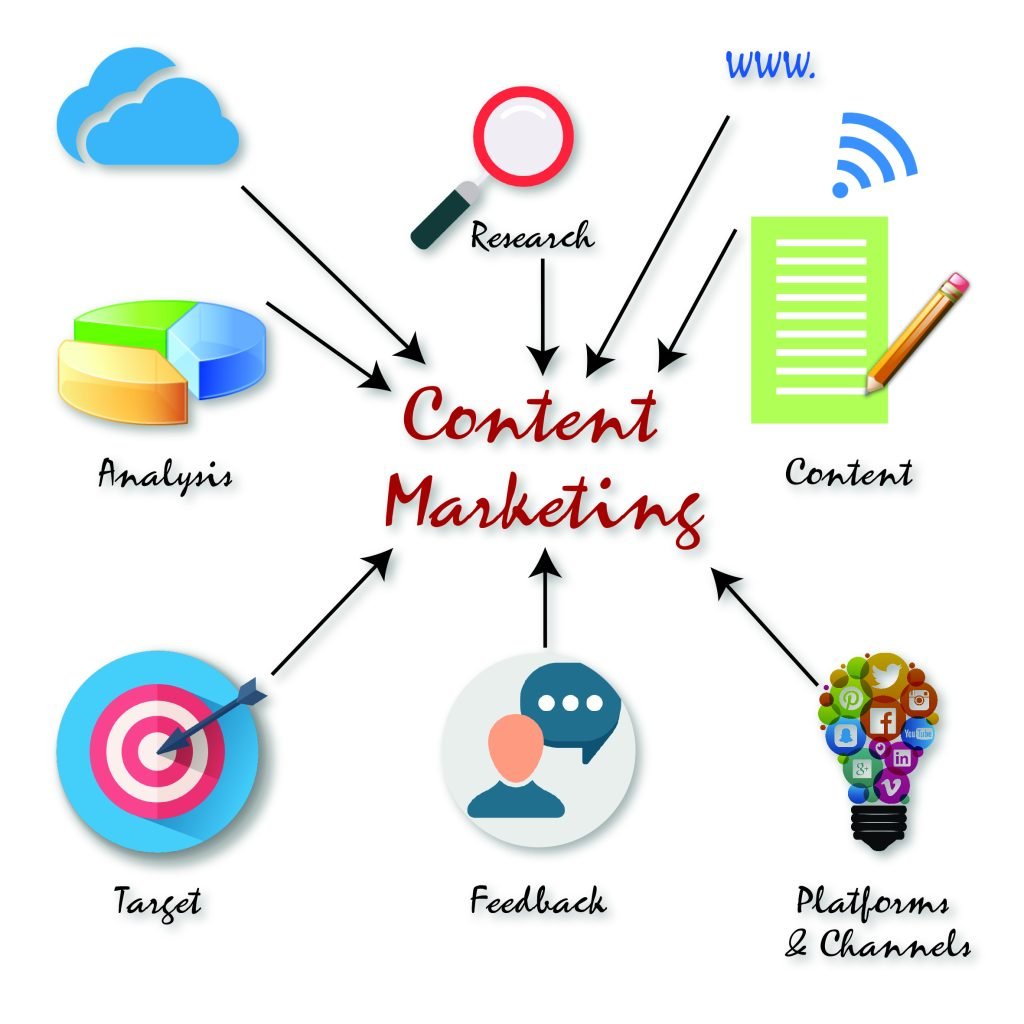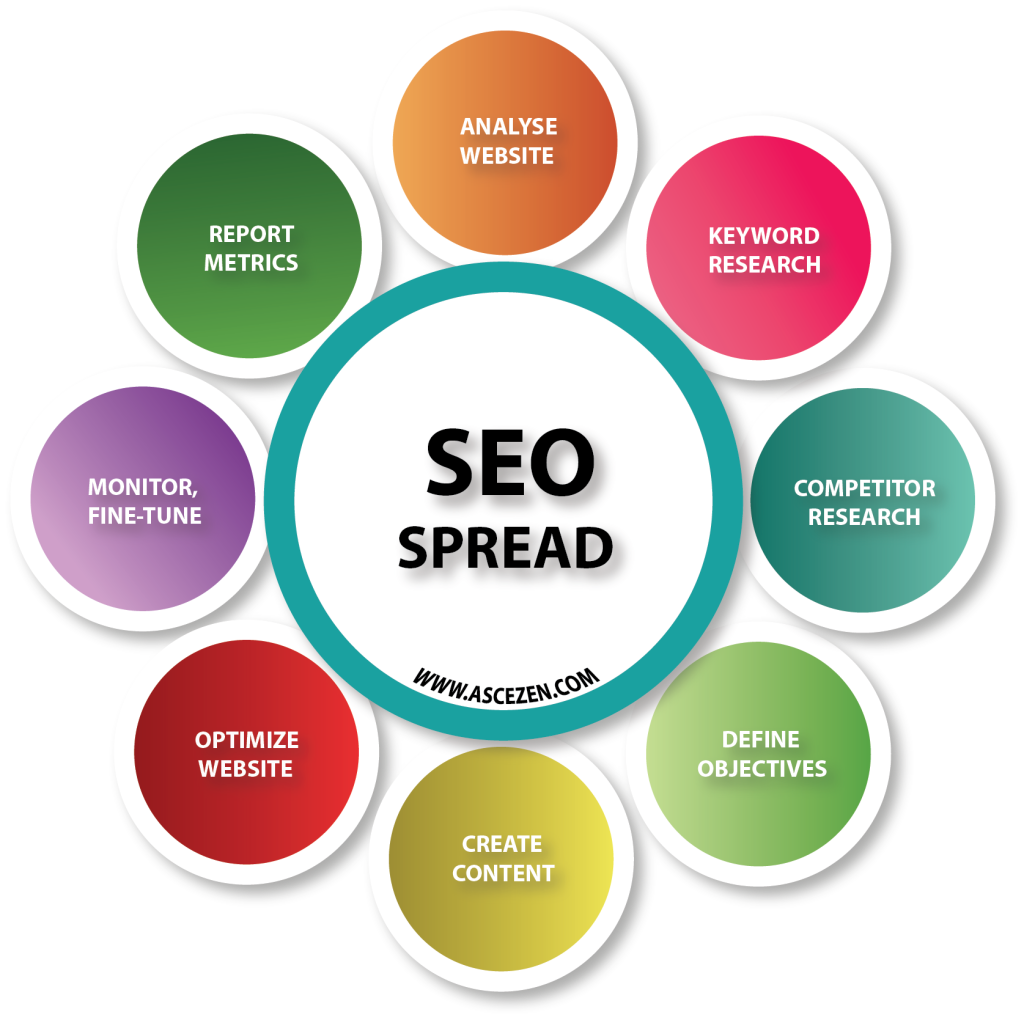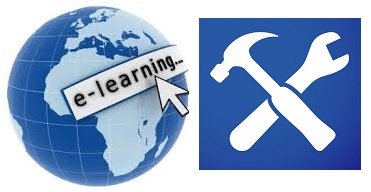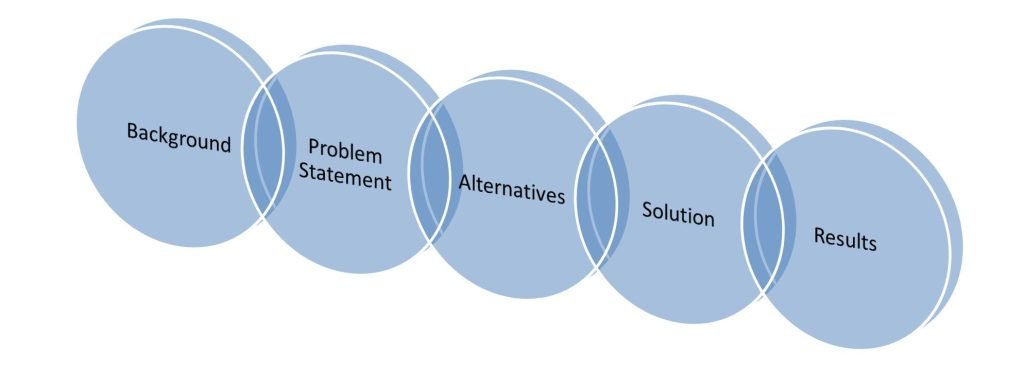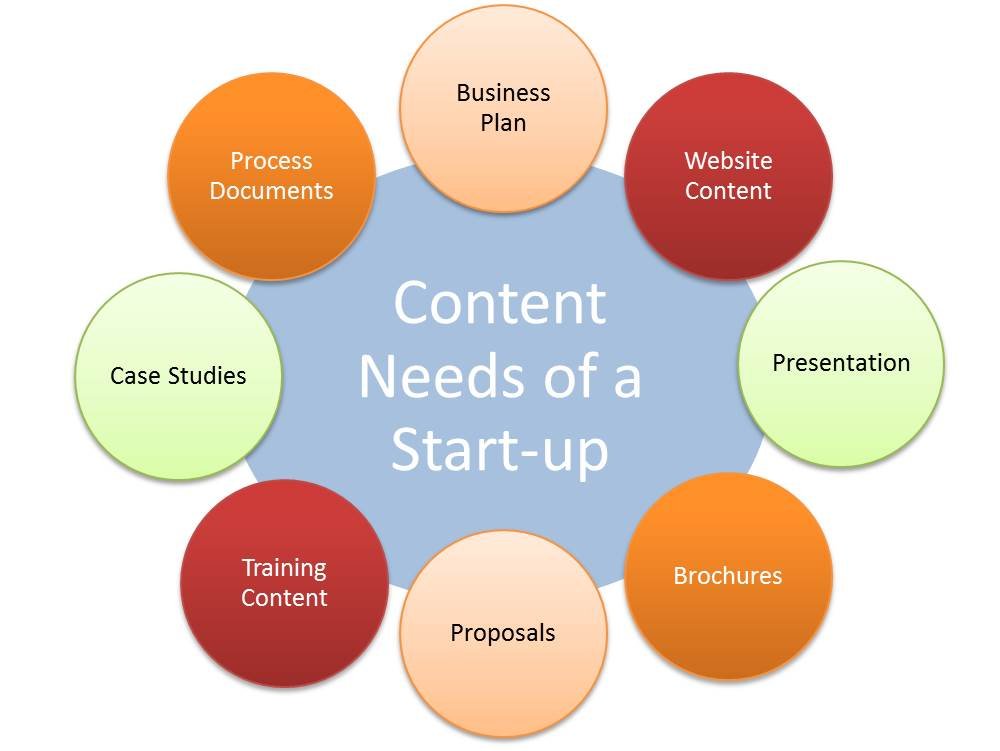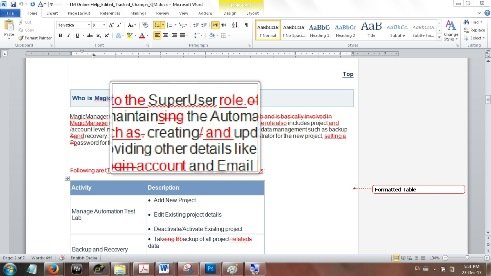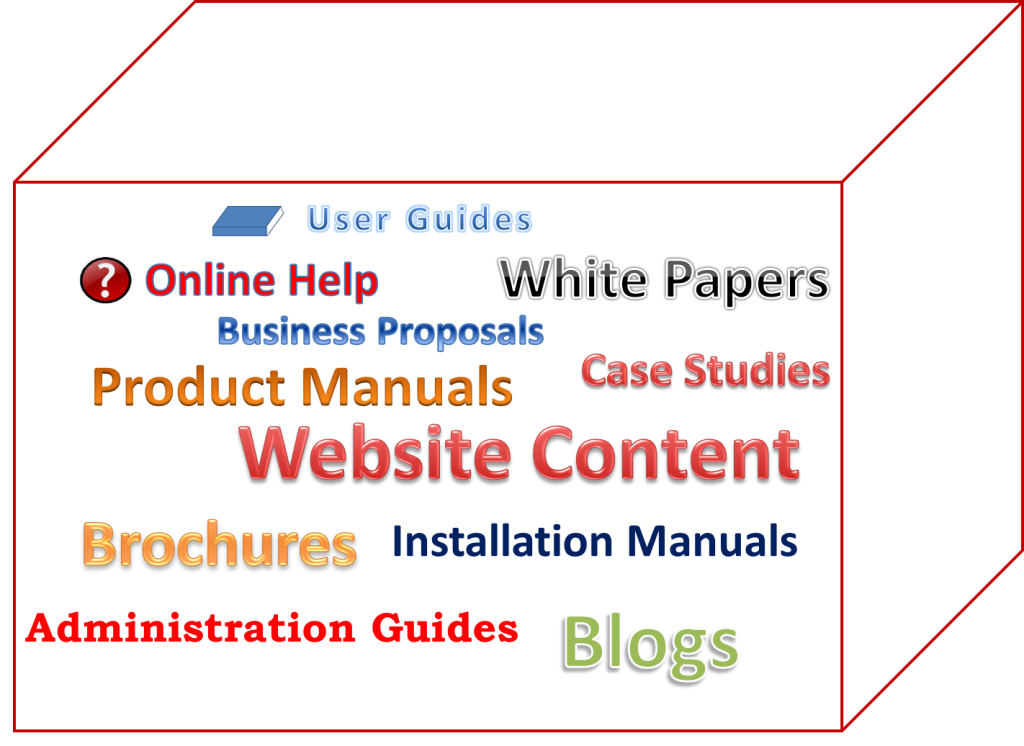The Future of Learning: Custom Software Solutions for Education Sector
In an era marked by rapid technological advancements, the education sector has not remained untouched. Traditional teaching methods are evolving to meet the demands of a digital age, and this transformation is largely driven by custom software development. At Ascezen Consulting, we are at the forefront of revolutionizing the education sector through our Custom Software Solutions for Education Sector. In this blog, we will explore how tailored software solutions or web applications are reshaping the education landscape and the unique solutions we offer to educational institutions.
The Changing Face of Education
Education has always been a cornerstone of society, but the way it is delivered and consumed has changed dramatically over the years. The advent of the internet and the proliferation of digital devices have paved the way for e-learning, making education more accessible and convenient. Custom software application development plays a pivotal role in this evolution by creating tailored solutions for the Education sector to enhance the learning experience.
Challenges in Education
Before delving into how custom software solutions for education sector can address these challenges, it’s important to understand the key issues faced by educational institutions:
- Diverse Learning Needs: Students have varying learning styles and paces, making it challenging for educators to cater to individual needs effectively.
- Engagement: Keeping students engaged in a digital learning environment can be difficult. Passive learning through lectures often fails to engage the learners.
- Assessment and Feedback: Traditional assessment methods may not be well-suited for online learning, and providing timely feedback can be challenging.
- Administrative Burden: Educational institutions deal with an overload of administrative tasks, ranging from managing student records to scheduling classes.
How Custom Software Solutions for Education Sector Can Help
- Personalized Learning Solutions
Custom software development allows educational institutions to create personalized learning experiences. Adaptive learning platforms can analyze students’ strengths and weaknesses, tailoring content to their needs. This not only improves learning outcomes but also keeps students hooked on to the learning.
- Interactive Learning
Interactive and gamified learning applications developed by custom web application development experts like Ascezen Consulting make learning more enjoyable. Features like quizzes, simulations, and virtual labs can bring subjects to life and foster active participation.
- Assessment and Analytics
Custom web applications can streamline assessment processes. Online exams, automated grading, and detailed analytics provide educators with valuable insights into student performance. This data-driven approach enables timely interventions to support struggling students.
- Administrative Efficiency
Managing the administrative aspects of education is made easier with custom software. From student enrollment and attendance tracking to course scheduling and resource allocation, custom solutions can optimize processes and reduce the administrative workload.
Ascezen Consulting’s Expertise
At Ascezen Consulting, we have a proven track record in developing custom software solutions for educational institutions. Here’s how we stand out:
Tailored Solutions: We understand that each educational institution is unique. Our custom software solutions are tailored to address the specific challenges and goals of each Institution.
User-Centric Design: We prioritize user experience in all our projects. Our team of designers and developers work collaboratively to create intuitive and visually appealing interfaces.
Scalability and Integration: We build software with scalability in mind, ensuring that it can grow alongside your institution. We also specialize in integrating custom software with existing systems and technologies.
Data Security: Protecting sensitive student and institutional data is paramount. Our solutions adhere to the highest security standards, ensuring data integrity and compliance with regulations.
Custom software development is reshaping education by addressing the challenges faced by educational institutions. At Ascezen Consulting, we are committed to revolutionizing education through our Custom Software Solutions for Education Sector. By creating personalized, interactive, and efficient solutions, we empower educational institutions to provide a superior learning experience and streamline their operations. Contact us today to learn how we can help your institution thrive in the digital age of education. Together, we can shape the future of learning.
.

